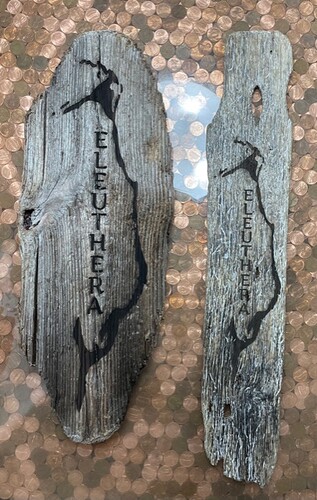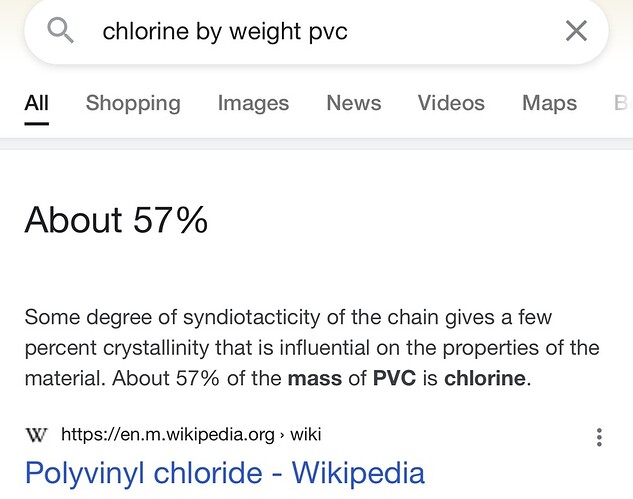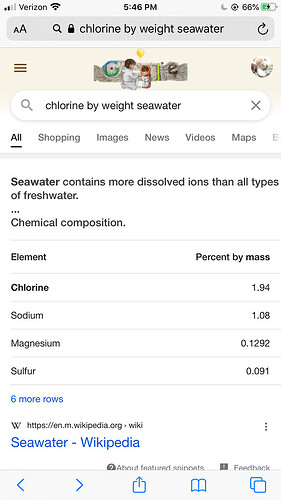Found these on the beach at Winding Bay Eleuthera. Glowforge for the win!
I would never even have THOUGHT to bend over and pick those pieces of wood up… but they look cool being engraved. I’ve got to start thinking outside of the box like that! Nicely done!
Try seashells next. They engrave beautifully.
Driftwood signs sound like an Etsy shop
What a great way to remember your vacation!!
What a great way to remember just where you picked those pieces (and any others) up! That’ll be sure to help bring back memories. Great idea!
Well that is cool! Surprising what materials you can actually put on the Glowforge!
These look very nice!! Great memory!!
Cool. I’ve got a little stash of driftwood, too. Haven’t quite figured out a worthy project yet!
Nice stuff! But I would suggest that making sure that no more salt be there as cholerine makes extremely nasty on the Glowforge 
Great idea! Thanks for sharing
I’m not sure this is clear. The chemical processes behind partial combustion of PVC yields HCl as a by product. I’m not seeing anything anywhere that talks about HCl as a byproduct of burning NaCl-laden organic material.
There is some evidence that burning driftwood produces more dioxins than the average wood, but if your ventilation system is good you should be ok. As always, be aware of the risks but also be reasonable about them. Dioxins are bad news, but it’s all a question of how much exposure you get… good ventilation should minimize that.
Check out #4 for more:
Basic chemistry. Na and Cl are not tightly bound and easily turned to ions that will react with what ever shows up. Even as HCl they are separate ions with the Cl ions binding to the metals of the Glowforge opening it to oxidation as the Cl moves along.
“Basic chemistry”… but this isn’t basic, it’s a complex interaction of a laser and wood with ablation, sublimation, and combustion processes going on.
NaCl doesn’t burn in the traditional sense and in any case, the presence of the wood will make a complete mess of the experiment – you just don’t know what else is in there that might grab any rogue Cl ions that may or may not be produced.
Here’s a random non-vetted chemsitry forum that says your bigger issue is other halides:
However, chlorides of magnesium and calcium will be hydrolyzed to generate hydrochloric acid (HCl) vapor.
Let’s assume that this post is accurate: Now the question is one of quantity. How many other chlorides are present in seawater? (about 20% of the amount of sodium, looks like: Seawater | Composition, Properties, Distribution, & Facts | Britannica) How much of that remains in the matrix of the dry driftwood?
I don’t know, but I’m leaning toward there being a pretty negligible amount in terms of risk to the Glowforge. I’m just guessing, of course, but then so are you as far as I can tell? Let me know if you’re not, please point me toward your sources.
The person mentioning the salt fired kilns makes a good point salt is salt they are broken apart at energies far below those seen in a laser fire. If you soaked the wood in PVC the situation would not be different, even a tiny amount of chloride ions will do great damage as we have seen the photos.
In terms of the many products of burned salted wood (or PVC) there is never a single path but all of them possible in different percentages, including the damage from even a small thin cut into PVC.
Now drift wood that has set out far from the sea and washed and let dry by rain or hose, may have so little salt as to not be a problem, but even sitting high getting only salt spray would be a problem.
If there is really great desire to use a piece I think a tip of the tongue test would be a minimum or at least soaked in water. Still I personally would not seek it any more than find a way to cut PVC.
Comparing seawater-infused driftwood to pvc in terms of chlorine content and risk is not even close.
Aside from the question of whether or not chlorides will be liberated from the salts it’s a matter of concentration. It’s not even remotely close.
Anyway that’s about enough speculating for me, but my conclusion is that HCl risk from driftwood is about on the same level as the risk in regular wood— I think in both cases the amount of chlorine that is even available for ionization will be trace level.
Meanwhile - looks great and makes for a nice memory jog.
What a beautiful way to commemorate your trip!
Gorgeous, I love the left one most but they both look brilliant.
Awesome project!


